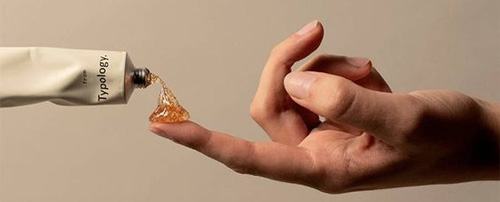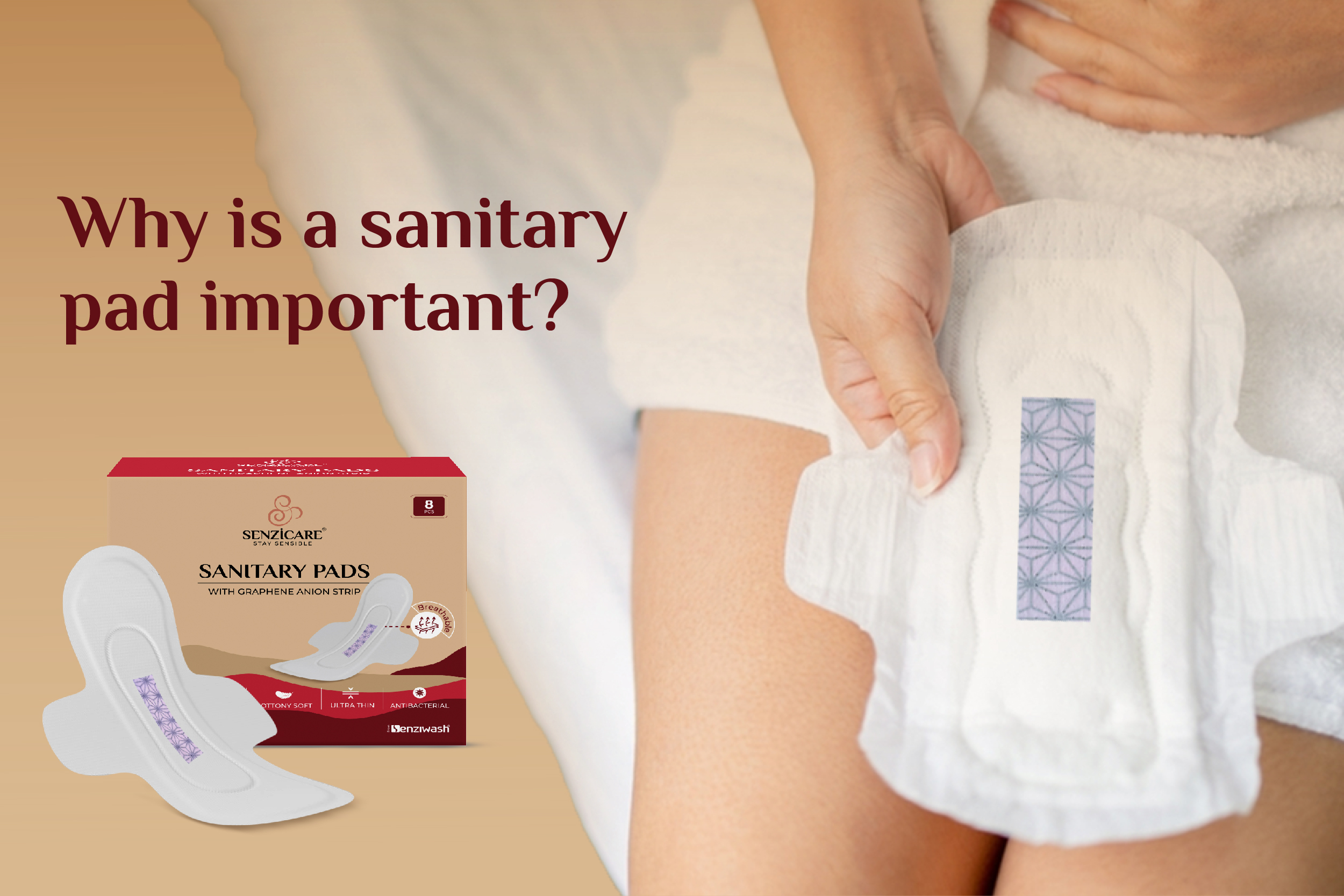Ensuring menstrual health management or menstrual health and hygiene (MHH) is crucial for promoting the well-being and empowerment of women and adolescent girls. On any given day, more than 300 million women worldwide are menstruating. In total, an estimated 500 million lack access to menstrual products and adequate facilities for menstrual hygiene management (MHM). To adequately address their menstruation needs, girls and women need access to water, sanitation, and hygiene (WASH) facilities, affordable and suitable menstrual hygiene products, education on proper practices, and a supportive environment where they can manage menstruation without feeling embarrassed or stigmatized.
What Are Pads?
Pads are rectangular pieces of absorbent material that are affixed to the inner lining of a girl’s underwear to absorb menstrual blood. They’re sometimes also called sanitary pads or sanitary napkins. Some pads have extra material on the sides.
The “wings” are designed to fold over the edges of your underwear, aiding in securing the pad in place and preventing any leakage.
There are many different types of pads, including:
-
super
-
slender
-
overnight
-
scented
-
maxi
-
Mini
-
Graphene
-
Anion Strip
Some girls experience heavier menstrual bleeding, while others experience lighter flow. And most girls have light days and heavier days. Pads can vary by size or by absorbency. You aim to discover a pad that offers sufficient coverage to prevent leaks while still being comfortable. It may require some trial and error to identify the ideal pad for various stages of your period. Some pads may contain fragrance or come with added deodorants, but these could potentially irritate the vagina or trigger allergic reactions in some girls.
Sanitary pads are important for several reasons:
- Menstrual Hygiene: Sanitary pads help manage menstrual flow, keeping women comfortable and clean during their periods. They absorb menstrual blood, preventing leakage and odor, which contributes to better hygiene.
- Prevention of Infections: Proper menstrual hygiene, facilitated by sanitary pads, reduces the risk of infections such as bacterial vaginosis and urinary tract infections. Using pads ensures that menstrual blood is absorbed and not left to linger in the body, minimizing the growth of harmful bacteria.
- Comfort and Convenience: Sanitary pads provide comfort and convenience during menstruation. They are easy to use, disposable, and available in various sizes and absorbencies to suit individual needs. This allows women to go about their daily activities without disruption.
- Protection of Clothing: Menstrual blood can stain clothing if not adequately managed. Sanitary pads prevent staining by absorbing blood and preventing leakage onto clothes, thus preserving clothing and saving women from embarrassment.
- Promotion of Dignity: Access to sanitary pads is crucial for upholding the dignity of menstruating individuals. By ensuring that women have access to sanitary products, societies promote their well-being and respect their basic human rights.
Overall, sanitary pads play a vital role in menstrual health management, contributing to women’s physical comfort, hygiene, and overall well-being.
How Do You Use Pads?
Pads should be changed every 3–4 hours, even if you have a light flow. Regular changing prevents the buildup of bacteria and stops odor. If you have a heavier flow, you might need to change pads more often to make sure you don’t leak.
Two types of pads do the same job but are used a little bit differently.
-
Disposable pads
The majority of pads feature an adhesive strip along the bottom. You remove the protective paper covering the adhesive and firmly press the pad into the crotch area of your underwear. If the pad has wings, you wrap these around the bottom of the crotch. To remove the pad, detach it from your underwear and wrap it in toilet paper. Put it in the trash can or in the special disposal box that’s found in most bathroom stalls. Don’t try to flush a pad down the toilet because the toilet can become clogged and make a big mess.
-
Reusable pads
These pads are laundered after each use. They’re sold in natural health stores and online. These kinds of pads snap or clip onto a girl’s underwear. Girls may opt for these pads either because they perceive them as more environmentally friendly or as a means to economize. It’s all a matter of personal preference.
-
Graphene Pads
They are antimicrobial and safe. The enhanced embedded Graphene anion strip far infrared ray function, within the sanitary napkins, inhibits the reproduction of anaerobic bacteria, and micro-circulation, increases the growth of bio-enzymes, regulates acidic secretions, and improves women’s self-protection and disease prevention ability.
How Do I Decide What to Use?
The decision regarding the type of period protection to use is yours to make. Some girls like tampons because they’re easy to store in a purse or pocket. Tampons and cups are also helpful for girls who do sports like swimming since you can’t wear a pad in the water.
Many girls switch back and forth depending on:
-
their situation
-
where they’re going to be
-
their menstrual flow
-
time of day (day or night coverage)
Some girls prefer pads because they’re easy to use and it’s easier to remember when to change them because you can see them getting soaked with blood. Additionally, some girls experiencing heavy periods utilize tampons in conjunction with pads or pantiliners to enhance protection against leaks.


